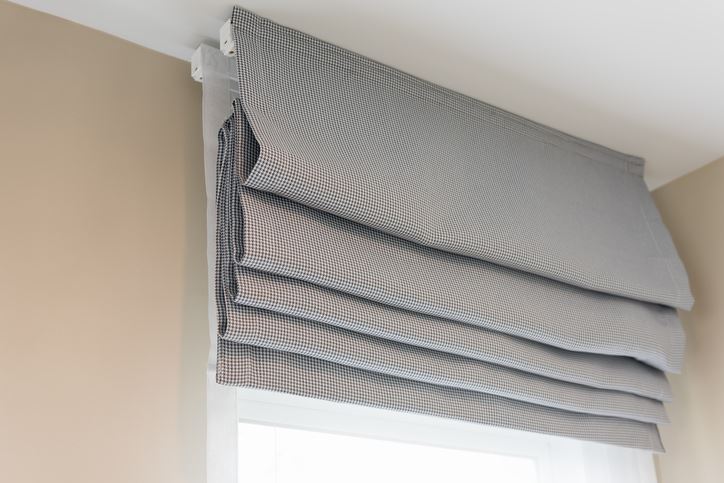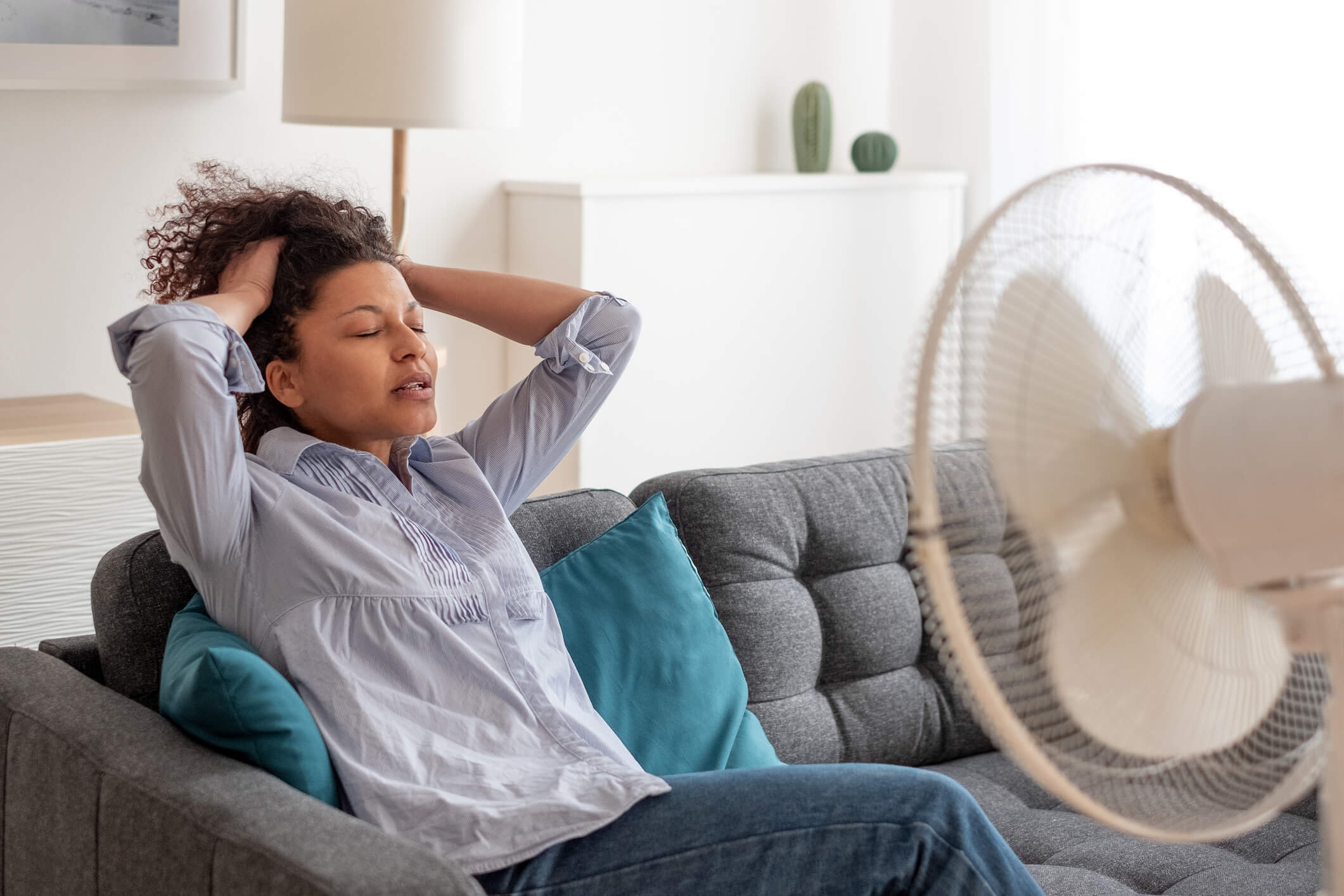Every home has its own set of unique cooling challenges, but the ones we tend to encounter the most are “hot and cold spots.” This is when different areas of a home are always a lot hotter or colder than others.
Sound like your home? Fortunately, there are multiple ways to combat this issue and help your home reach a cool, even temperature. Use these tips from our HVAC experts and save money!
1. Replace standard curtains and blinds with energy-efficient window treatments.
During hot seasons, about 76 percent of the sunlight that streams through a standard double-pane window will become heat inside that room. Installing energy-efficient window treatments is the easiest way to cool down a sun-facing room that’s consistently hotter than the rest of your home.
There are multiple heat-blocking options to suit various tastes in decor. If you prefer the look of curtains and draperies, opt for thermal curtains, which keep your rooms cool during summer but also prevent heat loss during winter. If you need something that’s more fitted to a specific window, choose window quilts, Roman shades, roller shades, or cellular shades (a.k.a. honeycomb shades).

2. Swap out incandescent light bulbs for LEDs.
Traditional incandescent bulbs waste more energy than LEDs and release that wasted energy as heat. Consequently, incandescent bulbs make their surrounding area much hotter than LEDs. This can have a noticeable effect on a room’s temperature, especially with overhead lighting in already humid areas like kitchens and bathrooms.
By switching from incandescent bulbs to LEDs, you’ll have a more comfortable room, and you’ll also be cutting costs in the process. Not only do LEDs use about 25 to 80 percent less energy than traditional incandescents, but they also last 3 to 25 times longer.
3. Keep up with your air conditioner’s annual maintenance.
According to the Department of Energy, neglecting your air conditioner’s maintenance guarantees a poorer and less efficient performance over time. The less efficient your AC becomes, the more it will struggle to meet your home’s cooling demands.
Dust accumulation can reduce the equipment's ability to cool your indoor air. As a result, the air coming out of your vents won’t be as cold and won’t cool your home as effectively, especially in the extra warm areas. Therefore, rooms that are already prone to get hot can become even more uncomfortable.
During preventative maintenance, your technician will clean the dust and grime off of your air conditioner’s coils, ensuring that they’re able to perform at peak efficiency.
4. Make sure your thermostat is installed in an ideal location.
Your thermostat’s placement might be the true culprit when it comes to your home’s cooling issues. Although thermostats have become more advanced in recent years, they still have their limitations. Essentially, a thermostat will “think” that the temperature immediately around it is the same temperature as the rest of your home.
If your thermostat is located in one of your home’s colder, draftier areas, your AC might not be coming on as often as you need it to. Because of this, you end up turning your thermostat down to an extremely low temperature just to get your AC to run. This, in turn, makes the warm areas of your home comfortable but the already cool areas excessively chilly.
For help with moving your thermostat to a better location, consult one of our HVAC experts.
5. Install a zoning system.
If you own a large home, it can cost a fortune to keep every room comfortable all summer long. In this situation, you can conserve a lot of energy and save money on your cooling costs by installing a zoning system.
A zoning system allows you to direct cold air to the areas of your home that need it. This means that you won’t use energy and spend money cooling the parts of your home that are already comfortable. To install a zoning system, talk with a trusted HVAC contractor about what options are compatible with your HVAC system.
6. When upgrading your air conditioner, make sure it’s properly sized.
If your air conditioner is “too big” or “too small” for your home, you’re going to end up with hot and cold spots and a system that works a lot harder than it should have to.
- When an AC is too small, it struggles to cool a home and runs for long cycles. This puts wear-and-tear on the parts, which can lead to premature breakdowns and a shorter lifespan.
- When an AC is too big, it runs for extremely short cycles before shutting off, never cooling your home evenly. This frequent short-cycling can also put stress on the machinery and cause early system failures.
When replacing your air conditioner, it’s essential that you work with a reliable HVAC contractor that can provide you with an appropriately-sized unit for your home. That way you can avoid uneven temperatures and get a system that will run efficiently for many years to come.
If you need air conditioning services in Austin, don’t hesitate to get in touch with our experts at 1st Home & Commercial Services! Give us a call today at (512) 957-2992 or contact us online.


